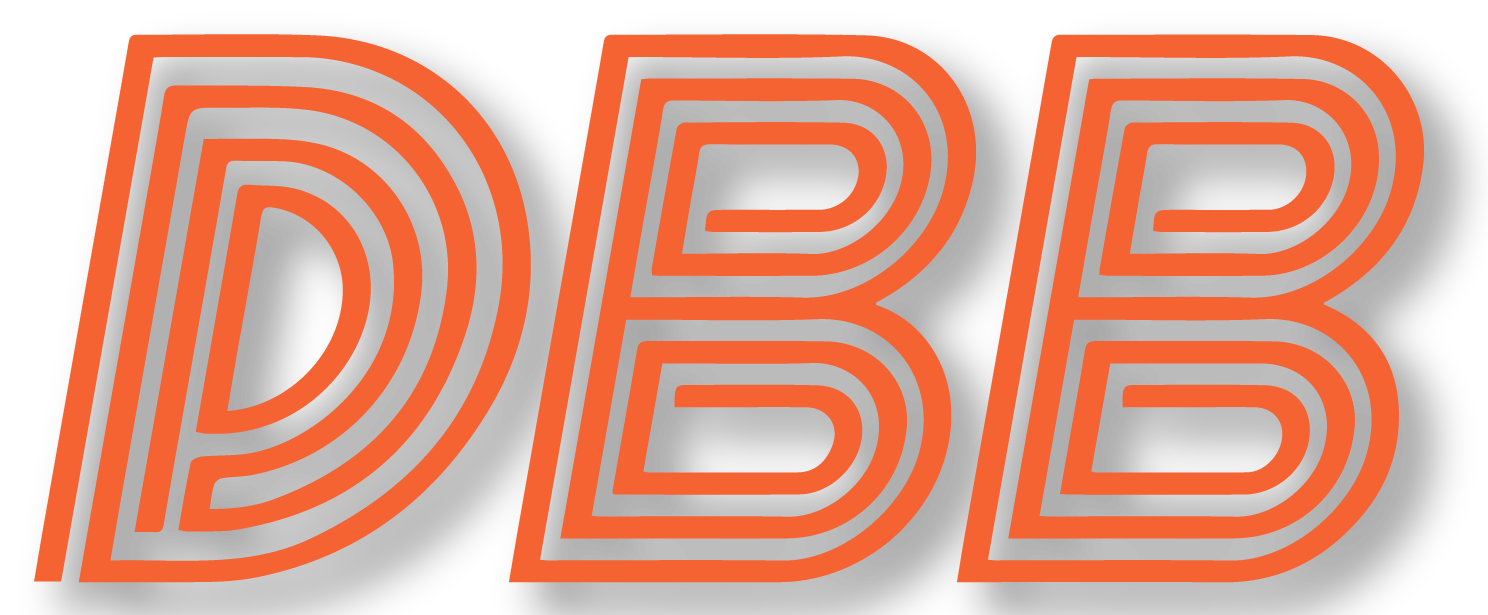Ryan Pace had no interest in drafting Deshaun Watson, the quarterback who played in two National Championship games, leading Clemson to the title in 2016. The quarterback who chucked 90 touchdowns to 32 interceptions in collage and ran for another 26 more touchdowns. No interest. This wasn’t the case of Patrick Mahomes, who tore up horrendous defenses playing for a bad team. This was a guy at the next-highest level dominating great defenses.
Watson was a stud, but Pace had no interest. He’ll surely never tell us why.
It’s not fair or accurate to say Pace didn’t scout Watson. The two actually met and spoke at the Combine. The scouting is what led him to conclude he didn’t want to draft the most prolific QB in college football. It was either something medical or a flaw Pace saw on tape. The medical questions were legitimate. Watson suffered a knee injury at Clemson and another as a rookie with Houston. He has a slender frame and tends to take a lot of hits as he plays off schedule. He has been banged up quite a bit in his NFL career. But, if it were injury-related, Pace or someone within the Bears medical staff almost certainly would’ve made that known by now.
The other reason is physical.
Watson is certainly big enough and fast enough, but there were concerns coming out about whether or not he had enough of an arm. The only modern quarterback who has had any somewhat consistent success in Chicago had a cannon. Green Bay’s nearly 30-year run of success at the position has come with guys with huge arms, and they spent a first round pick on another who qualifies.
It isn’t that Watson has a weak arm, but whether it can cut through the Chicago wind in January is another story.









